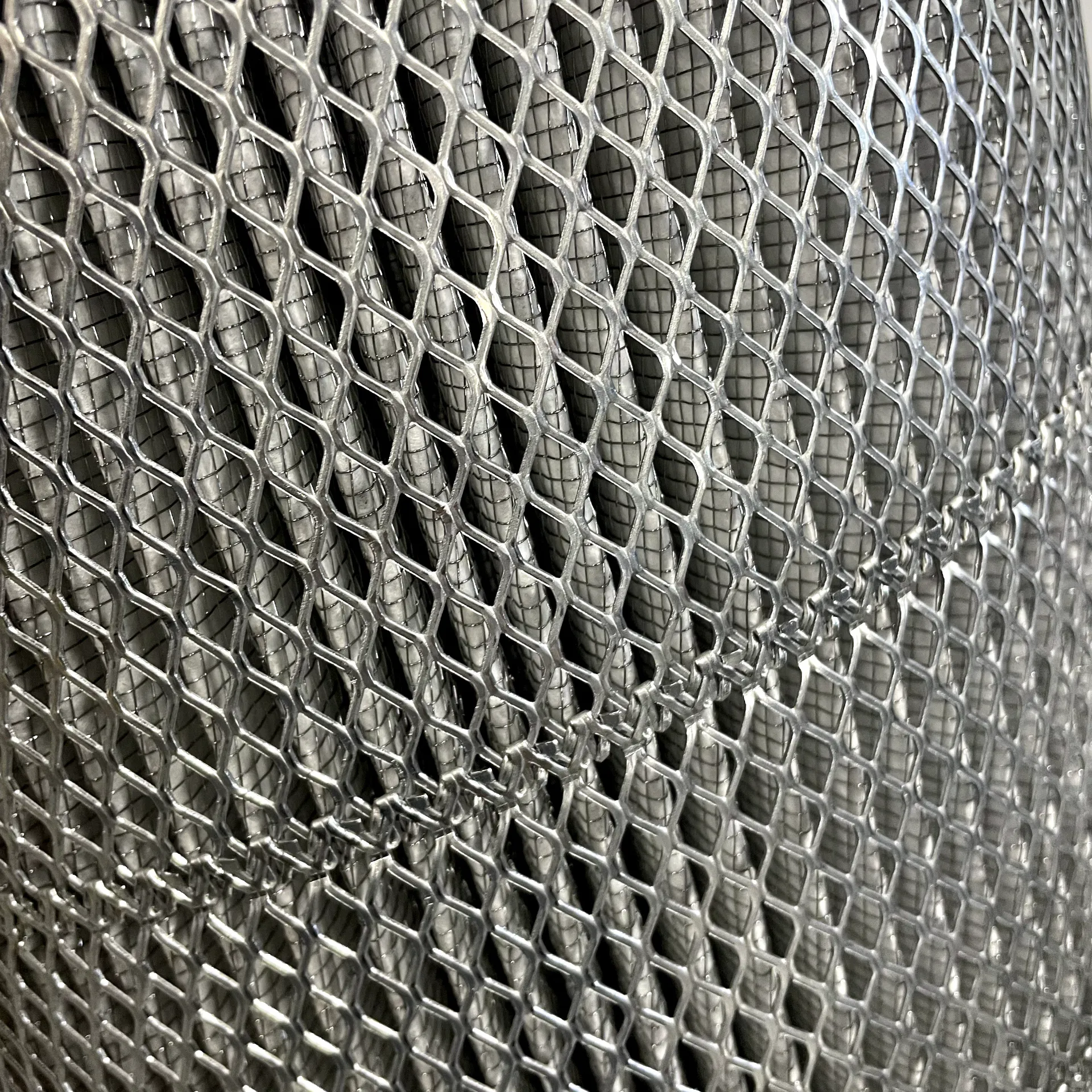 Tel:
+8615930870079
Tel:
+8615930870079
Dec . 17, 2024 02:43 Back to list
hepa cartridge filter
Understanding HEPA Cartridge Filters A Comprehensive Guide
In the quest for maintaining a clean and healthy environment, the importance of effective air filtration cannot be overstated. Among the various filtration technologies available, HEPA (High-Efficiency Particulate Air) filters stand out for their remarkable ability to trap airborne particles. This article delves into the design, functionality, and applications of HEPA cartridge filters, shedding light on their crucial role in enhancing air quality.
What is a HEPA Filter?
HEPA filters are specialized air filters that can remove at least 99.97% of particles as small as 0.3 microns from the air. This includes common allergens such as pollen, dust mites, pet dander, and mold spores, as well as smaller particles like smoke and fine dust. The efficiency of HEPA filters in capturing these particles is what makes them a preferred choice for both residential and commercial air purification systems.
HEPA Cartridge Filters Structure and Design
A HEPA cartridge filter consists of densely packed fibers that create a complex network of air channels. The simplicity of its design is deceptive; it is this intricate structure that enhances its filtration capabilities. The fibers are often made from materials such as fiberglass, which provides a high surface area for capturing particles.
The filter is typically housed in a rigid cartridge that allows for easy installation and replacement. This design not only ensures optimal airflow but also maximizes the filter's lifespan by protecting it from physical damage and dust clogging.
How HEPA Cartridge Filters Work
HEPA filters operate on three main principles interception, impaction, and diffusion.
1. Interception As air flows through the filter, particles that come within a certain distance of the fibers are captured and stick to them. This process is most effective for larger particles. 2. Impaction Larger particles moving in the air stream cannot change direction quickly enough to follow the airflow around the fibers; thus, they collide with the fibers and are trapped. 3. Diffusion Smaller particles, especially those less than 0.3 microns, exhibit Brownian motion, causing them to collide with the fibers and become trapped.
Together, these mechanisms allow HEPA cartridge filters to achieve their high filtration efficiency, making them invaluable in settings like hospitals, laboratories, and residential spaces where clean air is critical.
hepa cartridge filter

Applications of HEPA Cartridge Filters
HEPA cartridge filters find extensive applications in various industries and environments.
- Residential Use Many household air purifiers employ HEPA filters to improve indoor air quality, helping to alleviate allergies and respiratory conditions. They are essential in homes with pets, smokers, or individuals sensitive to allergens.
- Healthcare Facilities Hospitals and clinics utilize HEPA filters to maintain sterile environments, protecting vulnerable patients from airborne infections and allergens. Operating rooms and isolation wards are examples of areas where HEPA filtration is mandatory.
- Industrial Settings In industries where dust and particulates are prevalent, HEPA filters are vital in ventilation and exhaust systems to ensure compliance with health and safety regulations. They help protect both workers and equipment.
- Transportation HEPA filters are increasingly used in vehicles, especially those designed for public transport, to enhance the air quality inside buses and trains.
Maintenance and Lifespan of HEPA Cartridge Filters
To ensure optimal performance, regular maintenance and timely replacement of HEPA cartridge filters are essential. The lifespan of a HEPA filter varies depending on the environment and usage, typically ranging from six months to two years. Indicators that a filter needs replacing include reduced airflow, visible dirt accumulation, or a noticeable decline in air quality.
Many air purifiers come with a filter replacement indicator, which simplifies the maintenance process for users. It is important not to bypass this step, as a clogged filter can lead to decreased efficiency and increased energy consumption.
Conclusion
In summary, HEPA cartridge filters play a pivotal role in maintaining healthy indoor air quality by efficiently capturing a wide range of airborne contaminants. Their intricate design, coupled with proven filtration mechanisms, makes them suitable for various applications, from household use to critical healthcare environments. Investing in a quality air purification system equipped with HEPA filters can significantly enhance the quality of life and promote a healthier living and working environment. As awareness of air quality improves, the demand for HEPA filters is likely to rise, solidifying their place as a cornerstone of modern air filtration technology.
-
Types and Applications of Air Filtration CartridgesNewsJul.28,2025
-
The Role of Gas Turbine FiltersNewsJul.28,2025
-
Mastering Air Filter Cartridge UseNewsJul.28,2025
-
Advanced Turbine Filters for Modern Gas TurbinesNewsJul.28,2025
-
Cellulose Air Filter Cartridge Advantages in Dust FiltrationNewsJul.28,2025
-
Cellulose Filters for Air Particle ReductionNewsJul.28,2025

 Email:
Email:





